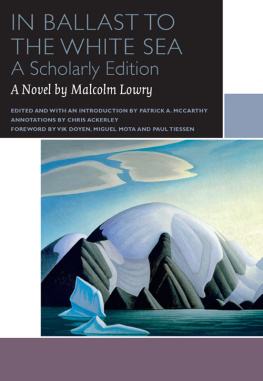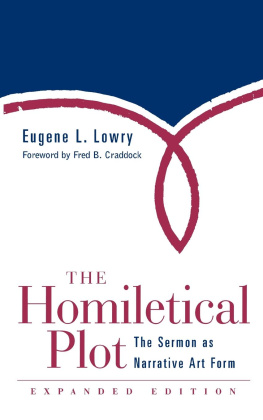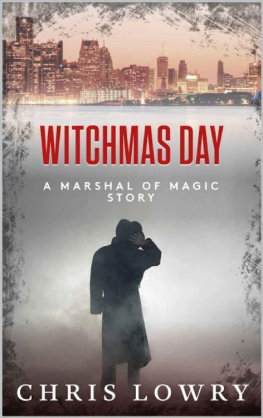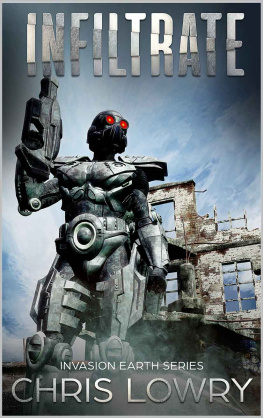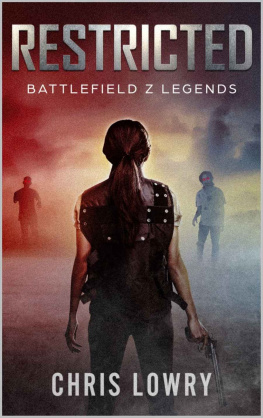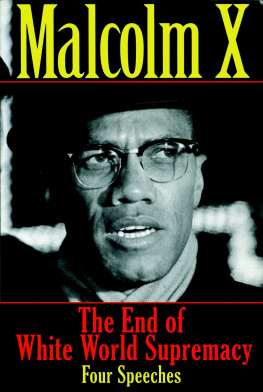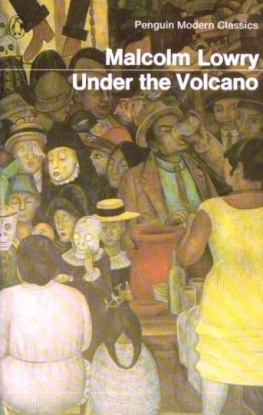
SOURCE: RARE BOOKS AND SPECIAL COLLECTIONS, UNIVERSITY OF BRITISH COLUMBIA LIBRARY, AND ARE REPRODUCED BY PERMISSION OF PETER MATSON (OF STERLING LORD LITERISTIC) ON BEHALF OF THE ESTATE OF MALCOLM LOWRY.


The University of Ottawa Press acknowledges with gratitude the support extended to its publishing list by Heritage Canada through the Canada Book Fund, by the Canada Council for the Arts, by the Federation for the Humanities and Social Sciences through the Awards to Scholarly Publications Program and by the University of Ottawa. The University of Ottawa Press also acknowledges with gratitude financial and editorial support from Editing Modernism in Canada.
Copy editing: Lisa Hannaford-Wong
Proofreading: Joanne Muzak
Typesetting: Infographie CS
Cover design: Aline Corra de Souza and discript enr.
Cover art: Lawren S. Harris, North Shore, Baffin Island II, c. 1931 National Gallery of Canada
Interior Images: Weiyan Yan
Library and Archives Canada Cataloguing in Publication
Lowry, Malcolm, 1909-1957, author
In ballast to the White Sea : a scholarly edition / by Malcolm Lowry ;
edited, with introduction & textual notes, by Patrick A. McCarthy ;
annotations by Chris Ackerley ; foreword by Vik Doyen, Miguel Mota & Paul Tiessen.
Includes bibliographical references.
Issued in print and electronic formats.
ISBN 978-0-7766-2208-8 (pbk.).--ISBN 978-0-7766-2180-7 (pdf).-
ISBN 978-0-7766-2179-1 (epub)
I. Ackerley, Chris, 1947-, annotator II. McCarthy, Patrick A., 1945-, editor III. Title.
PS8523.O96I5 2014 | C813.52 | C2014-905792-X |
C2014-905793-8 |
Reprinted by permission of SLL/Sterling Lord Literistic, Inc.
Copyright by The Estate of Malcolm Lowry.
University of Ottawa Press, 2014
Printed in Canada
For Jan Gabrial
General Editors Note
T his annotated edition of Malcolm Lowrys lost novel, In Ballast to the White Sea, is the second of three related Lowry projects undertaken by an international team of Lowry scholars: Chris Ackerley (University of Otago); Vik Doyen (Katholieke Universiteit Leuven); Patrick A. McCarthy (University of Miami); Miguel Mota (University of British Columbia); and Paul Tiessen (Wilfrid Laurier University). The other projects are Doyens edition of the novella Swinging the Maelstrom (along with the distinct earlier version, The Last Address) and Mota and Tiessens edition of the first complete manuscript of Under the Volcano (1940). Each edition is annotated by Ackerley. Together, the three editions will give scholars detailed evidence of Lowrys intentions and achievement during the period 19361944, a time of transition when he worked simultaneously on three books that he imagined as a Dantean trilogy: Under the Volcano as the Inferno; Swinging the Maelstrom as the Purgatorio; and In Ballast to the White Sea as the Paradiso.
For their invaluable assistance, advice, and support, the editors of these volumes would like to thank the University of Ottawa Press and Peter Matson. We would like to thank also the late Anne Yandle at the University of British Columbia Librarys Rare Books and Special Collections, whose early encouragement and guidance was so crucial to all who have worked on this project. Production of these important editions has been made possible by the support of a grant from the Social Sciences and Humanities Research Council of Canada, through its Editing Modernism in Canada project. For his ongoing support and advice as director of EMiC, we owe special gratitude to Dean Irvine.
MIGUEL MOTA
University of British Columbia
Foreword
W ith the publication of In Ballast to the White Sea, Pat McCarthy and Chris Ackerley invite us to a rare and most pleasurable literary event. They unveil a portrait of Malcolm Lowry and his work that most of us have never imagined, revealing the restless literary energy, the play of mind, and the political sensibilities of a barely known Lowry. This is the Lowry of 19291936: the Lowry of undergraduate days at Cambridge and, if we take the period of writing, the Lowry up to and including his years in New York. With its emphasis on political commitment, labour unrest, and widespread economic depression that helped to define the 1930s, In Ballast underlines Lowrys direct and passionate political engagement during that decade.
In June 1931, Lowry wrote Conrad Aiken, the American novelist who had become his mentor: my fixation on the sea is complete, & moreover I feel honestly I havent extracted all the juices from it yet (CL 2:932). A twenty-one-year-old undergraduate at Cambridge, Lowry was writing his first novel just then, based on his 1927 voyage as a deckhand on the cargo ship, SS Pyrrhus. Ultramarine would appear in London in June 1933. But he was also preparing to carry his passion further, with an August-to-September 1931 journey by sea to Norway in the offing. He would be in search not just of writing material this time, but of a writer, the Norwegian novelist Nordahl Grieg, whose The Ship Sails On had deeply affected him. This journey led to In Ballast to the White Sea, his sequel to Ultramarine. During 19341936, having left the London and Paris of his post-Cambridge years and settled in New York, he showed In Ballast to publishers, but did not gain a contract. During the next eight yearsprecisely while he was writing the drafts of Under the Volcanohe continued to actively think about and, especially during the latter years, modify In Ballast: in Mexico (19361938), Los Angeles (19381939), and most fully in Vancouver and Dollarton, British Columbia (19391944).
However, in 1944 a fire engulfed his cabin on Burrard Inlet, destroyed many of his manuscripts and ended his dream of rewriting In Ballast. Margerie, his second wife, carried his Under the Volcano manuscripts to safety on the beach below, while Malcolm fled the shack with some of her manuscripts and pieces of his own work, including his Swinging the Maelstrom project. Still inside were a thousand pages of In Ballast, by then his longest-standing novel-in-progress. Determined to rescue it, he dashed back into the flames, according to his biographer Gordon Bowker, and had to be dragged out when a burning beam crashed down across his back. In Under the Volcano (1947), in Yvonnes dying vision at the end of Chapter 11, he memorialized the loss of those thousand pages: Geoffreys old chair was burning, his desk, and now his book, his book was burning, the pages were burning, burning, burning, whirling up from the fire they were scattered, burning, along the beach.
From June 1944 onward, In Ballast would live in Lowrys mind as his great lost work, a marker of ambition and vision left undone. As late as May 1957, one month before his death, he restated that loss. Writing from his final home at the White Cottage in Ripe near Lewes, Sussex, to Canadian poet Ralph Gustafson, Lowry spoke of

